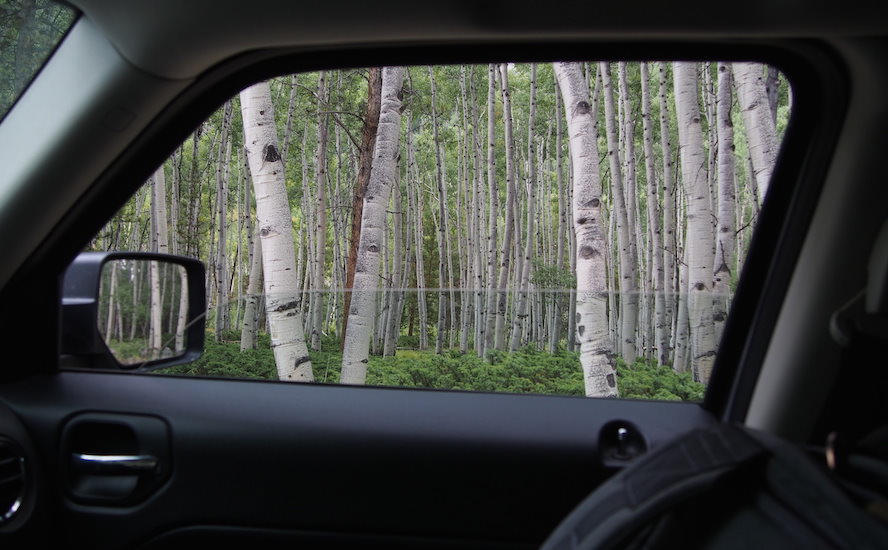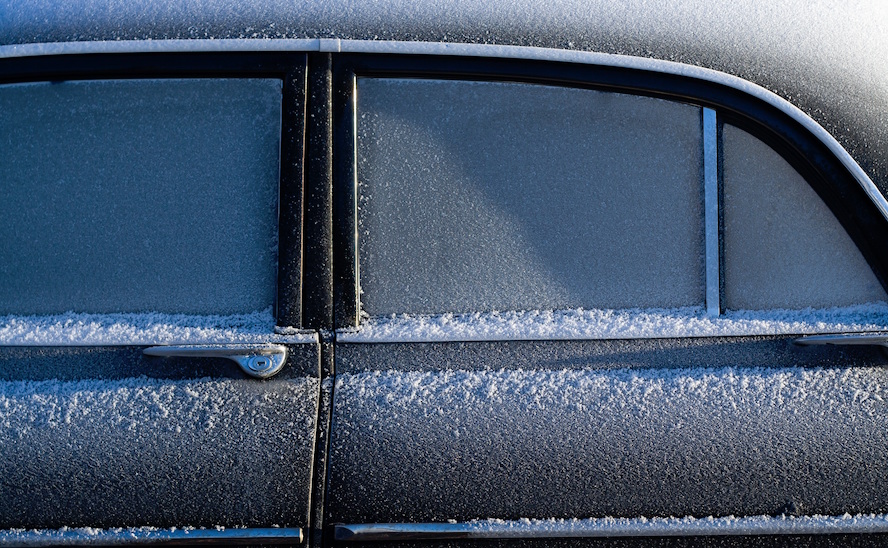Road tar, bug carcasses, paint overspray, and other seemingly permanent caked-on grime got you down? Then it's time to clay-bar. This elastic resin compound is engineered specifically to lift contaminants—which are responsible for that rough, gritty feeling you get while gliding your hand across a just-washed body panel—from paint, glass, metal, or basically almost any surface found on the vehicle's exterior. In this post, we'll detail the proper process to get the cleaning results you want.

This is a good project for new DIYers
-
Always wash and thoroughly dry the car prior to application. Find a sheltered spot to begin.
-
Empty the clay bar kit's contents. Inside should be the clay bars, which are often made from a synthetic poly-elastic rubber and some type of lubricant to help the clay slide easily across the section being worked on. Tear an eraser-size chunk from the bar to start with and keep the rest in an airtight bag or container.
-
Prime the clay by massaging it in your hands. Pick a single section to clean at a time—for example, the driver-side fender—and spray on a generous amount of the supplied detailing lubricant.
-
Putting the clay between your fingers, press it to the vehicle and slide back and forth using gentle pressure. If there is any resistance, remove the clay, apply more lubricant, and resume. Once complete, take a microfiber cloth and wipe dry, then touch the paint to feel for smoothness. Not quite there yet? Try again.
-
After going over a few areas, take a look at the clay. Once contamination (typically comprised of not only road tar but industrial fallout, brake dust, and rail dust) has built up, stretch and knead until you reveal a fresh side. When the entire piece is spent, pull off a new one from the bag—an 80-gram bar should be good for about four full sessions.
Repeat steps 3 through 5 until every panel has had a pass.
Due to the design of hatchbacks, wagons, and SUVs, lower air pressure at the edge of the tailgate sucks in dirty particulates like a vacuum cleaner, so extra attention may need to be paid to the back end.
Clay barring removes any previous wax that was applied, so always follow up with a fresh coat to protect the paint.







